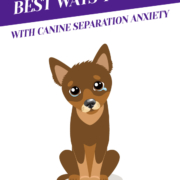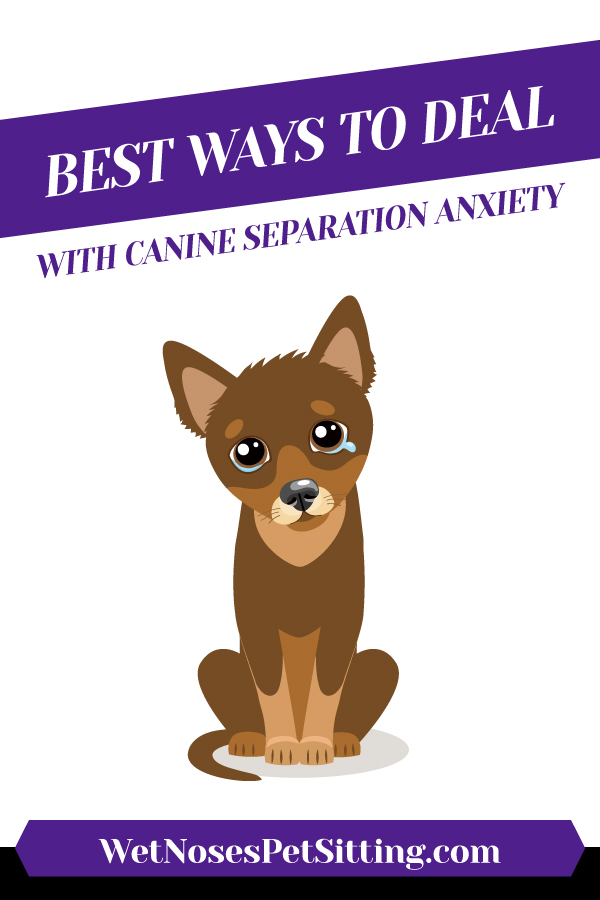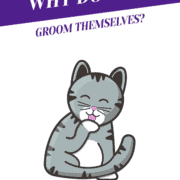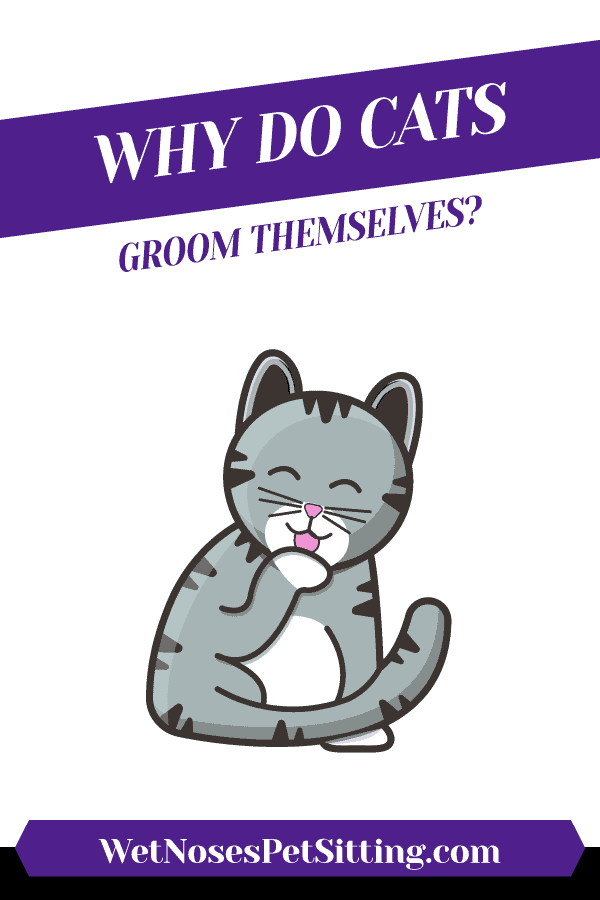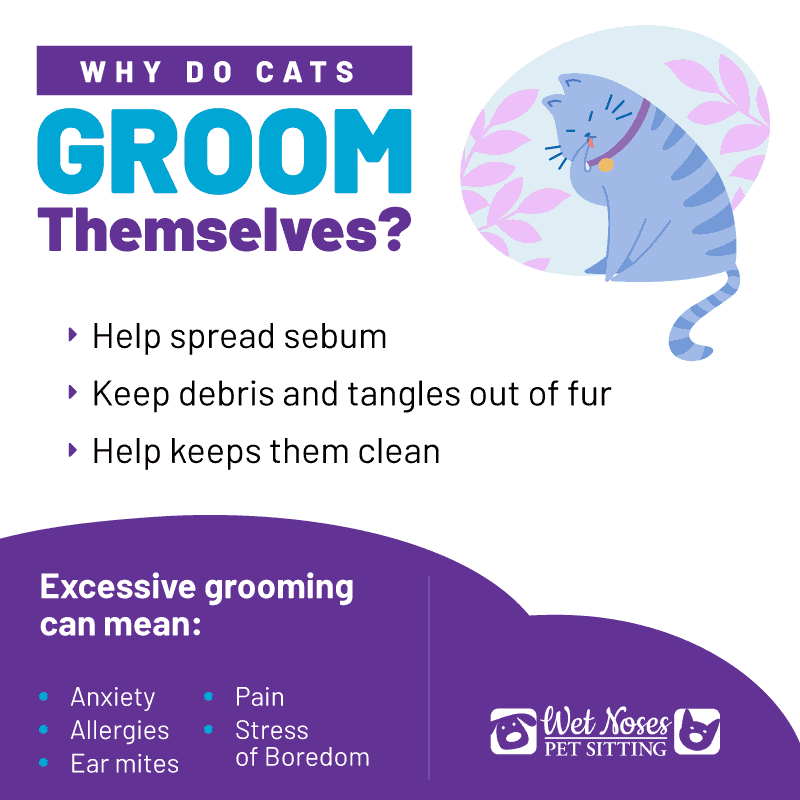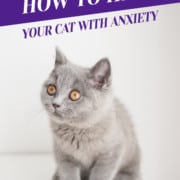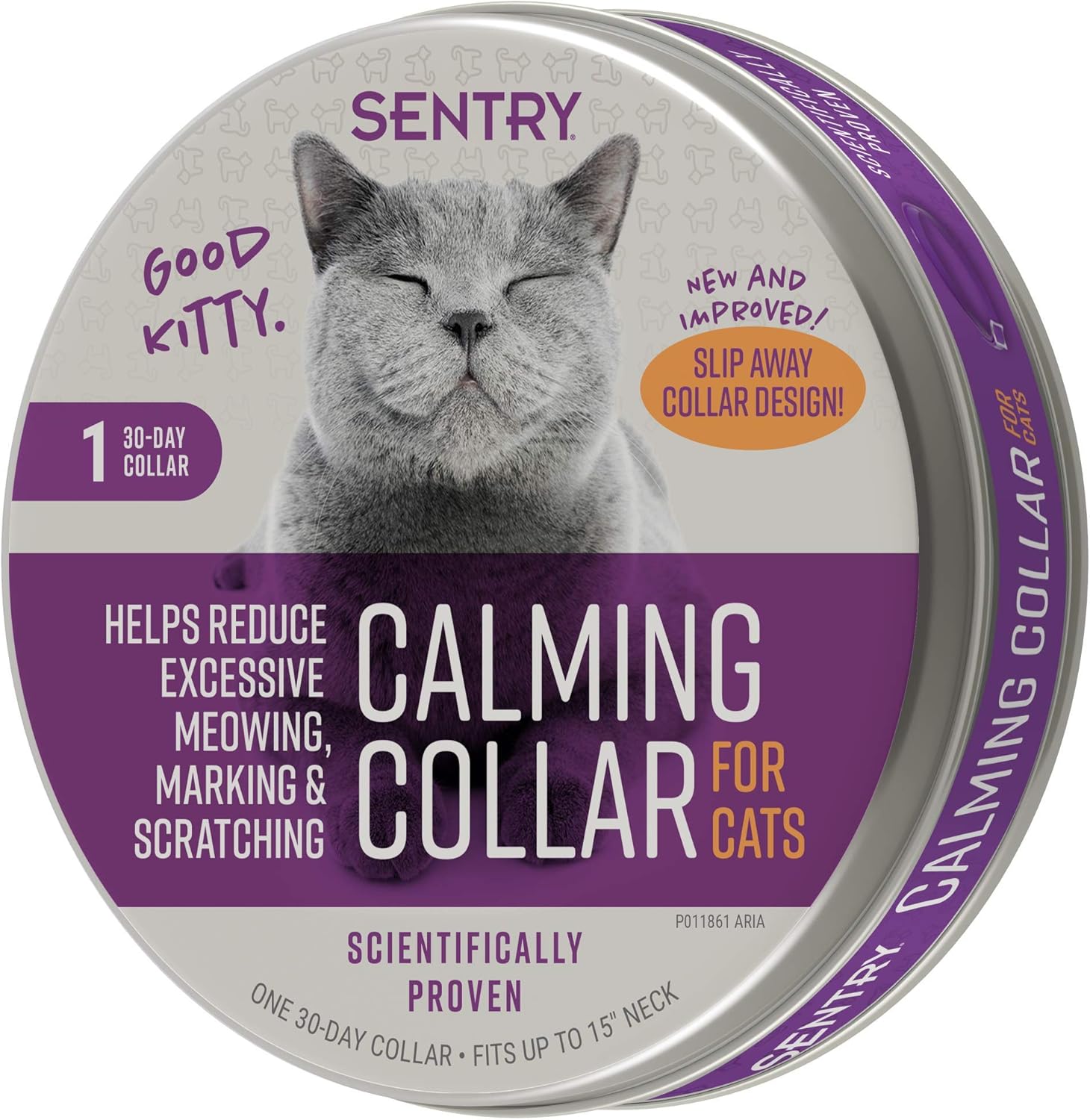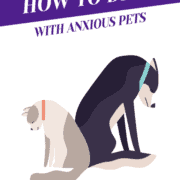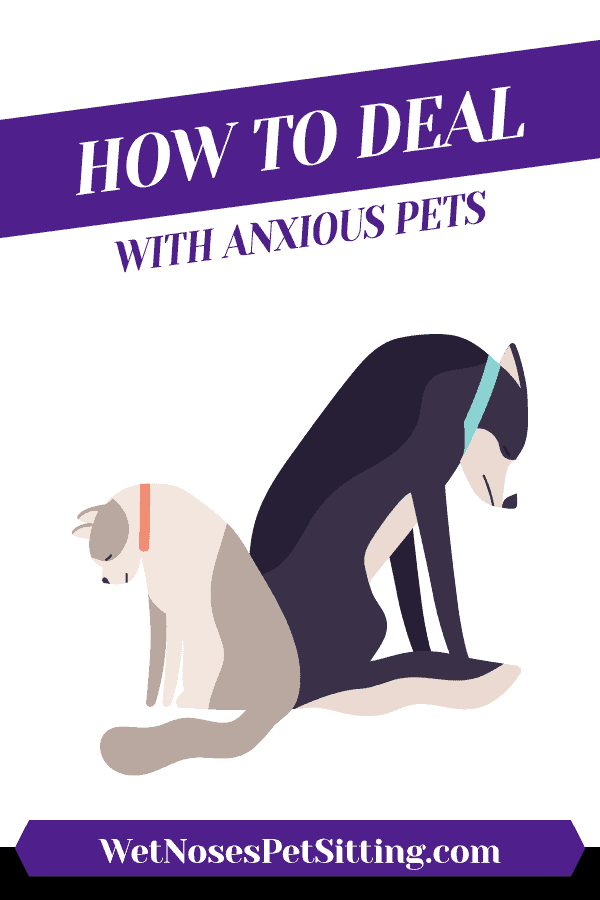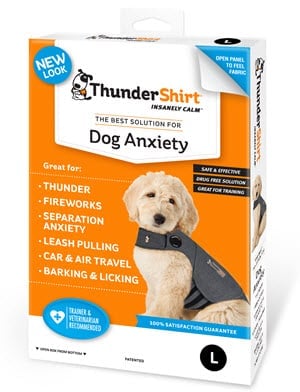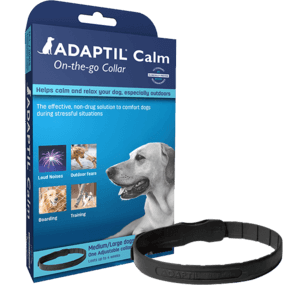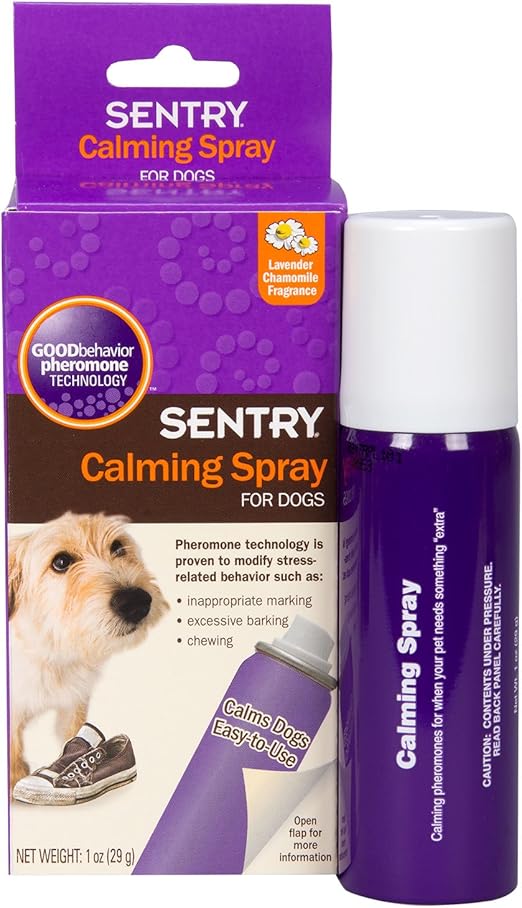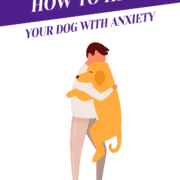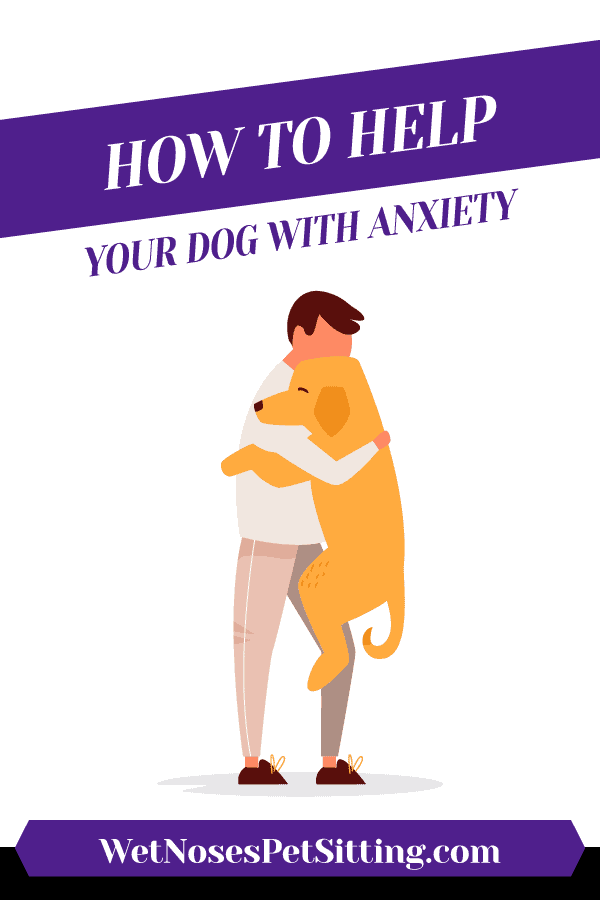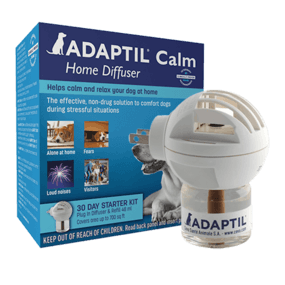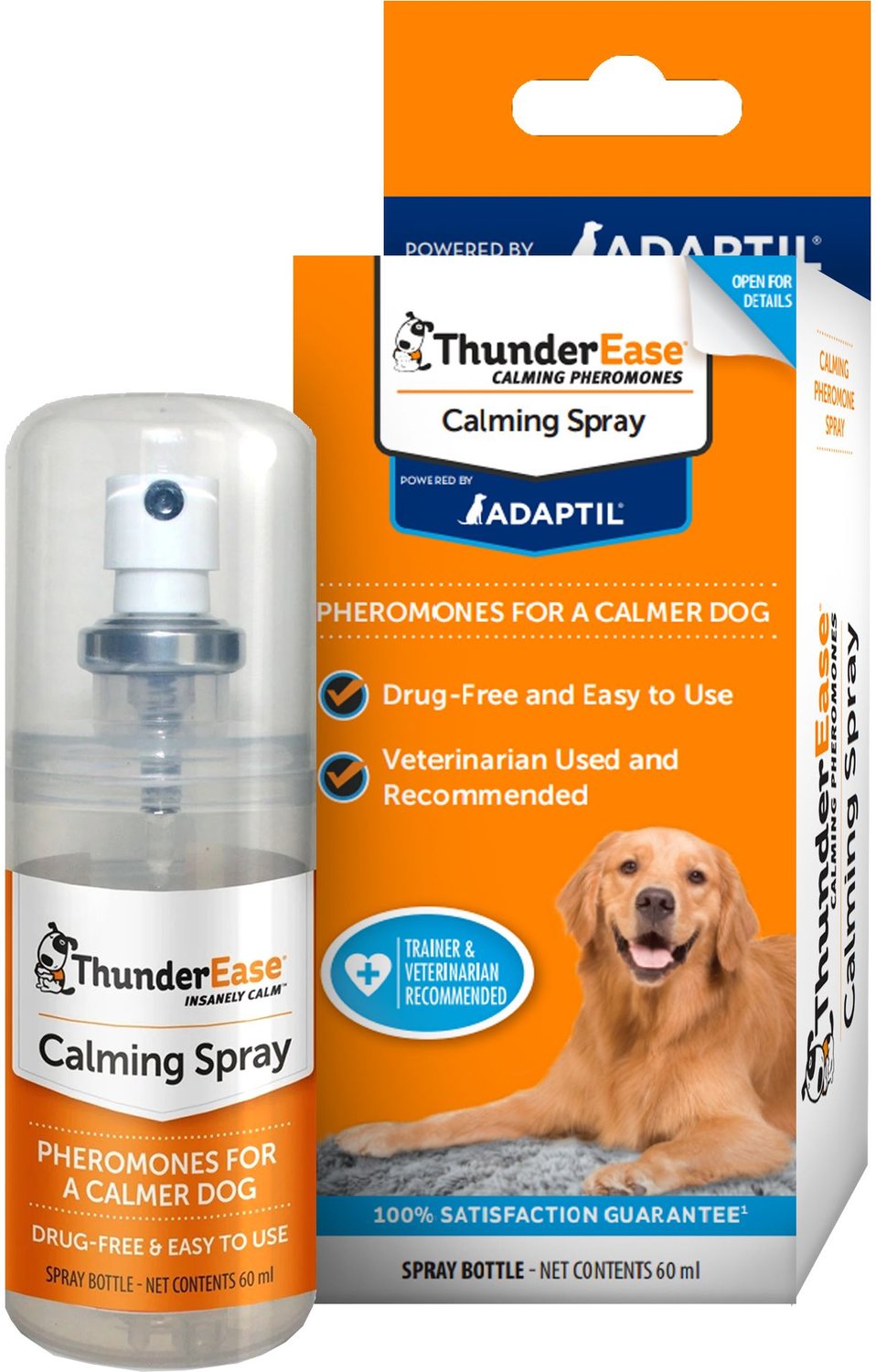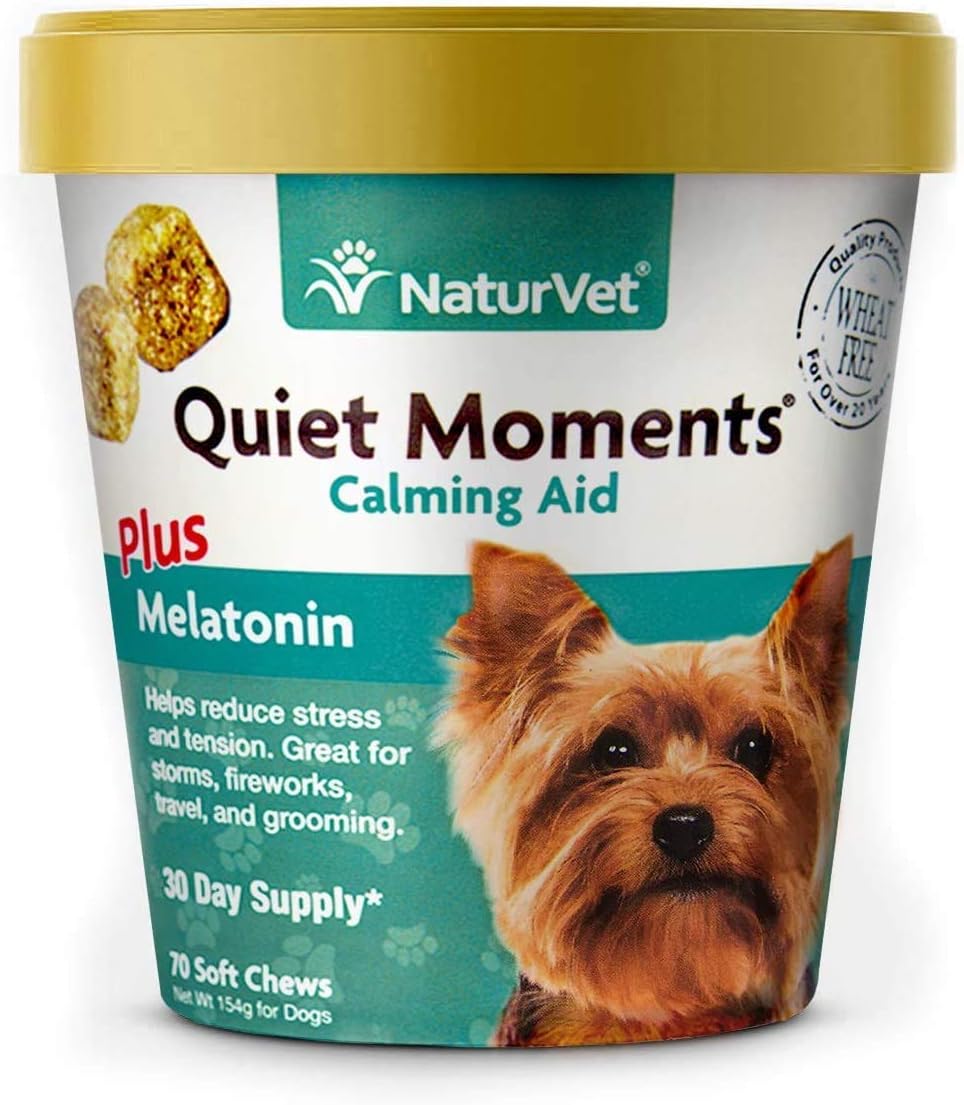Best Ways to Deal with Canine Separation Anxiety
Best Ways to Deal with Canine Separation Anxiety
This is probably the one of the most prevalent concerns voiced from pet parents all over the world. Can you identify anxiety in your dog? And if so, what are some successful tools available so that your dog can live a calm happy life!
We are going to look at the signs of separation anxiety, triggers that cause it and steps that you can take that will reduce or eliminate the fear and anxiety felt by your dog in your absence.
Signs of separation anxiety
What is separation anxiety anyway? This is a sign of strain or pressure that your dog perceives when you are away from them. Some of the more recognizable signs of this type of anxiety are a change in body positioning, or you may also see them shifting their weight and tucking their tail under the body. Some dogs can display signs of aggression when they are in stress, but remember this most likely is a fear response to the perceived threat or stimulus. Their “hackles” which is the hair on the back will stand up sometimes all the way to the tail. You may also see these behaviors as well:
- High pitched barking or whining
- Yawning, drooling or licking
- Excessive shedding and panting with the tongue flared
- They may try to flee
- Their eyes get very wide (you’ll see more white)
A relaxed dog has forward facing ears, a relaxed mouth with the tongue relaxed in the mouth. Their eyes will be soft and their weight will be evenly distributed on all four feet.
Check out FearFreeHappyHomes, these informational videos can show you how to recognize the FAS in your pet. What is FAS? It stands for Fear-Anxiety-Stress. Our pets feel stress much the same way we do and it affects them physically and mentally. Constant stress will affect your pet’s health, so identifying and then finding ways to lower it, will reap positive benefits for your dog.
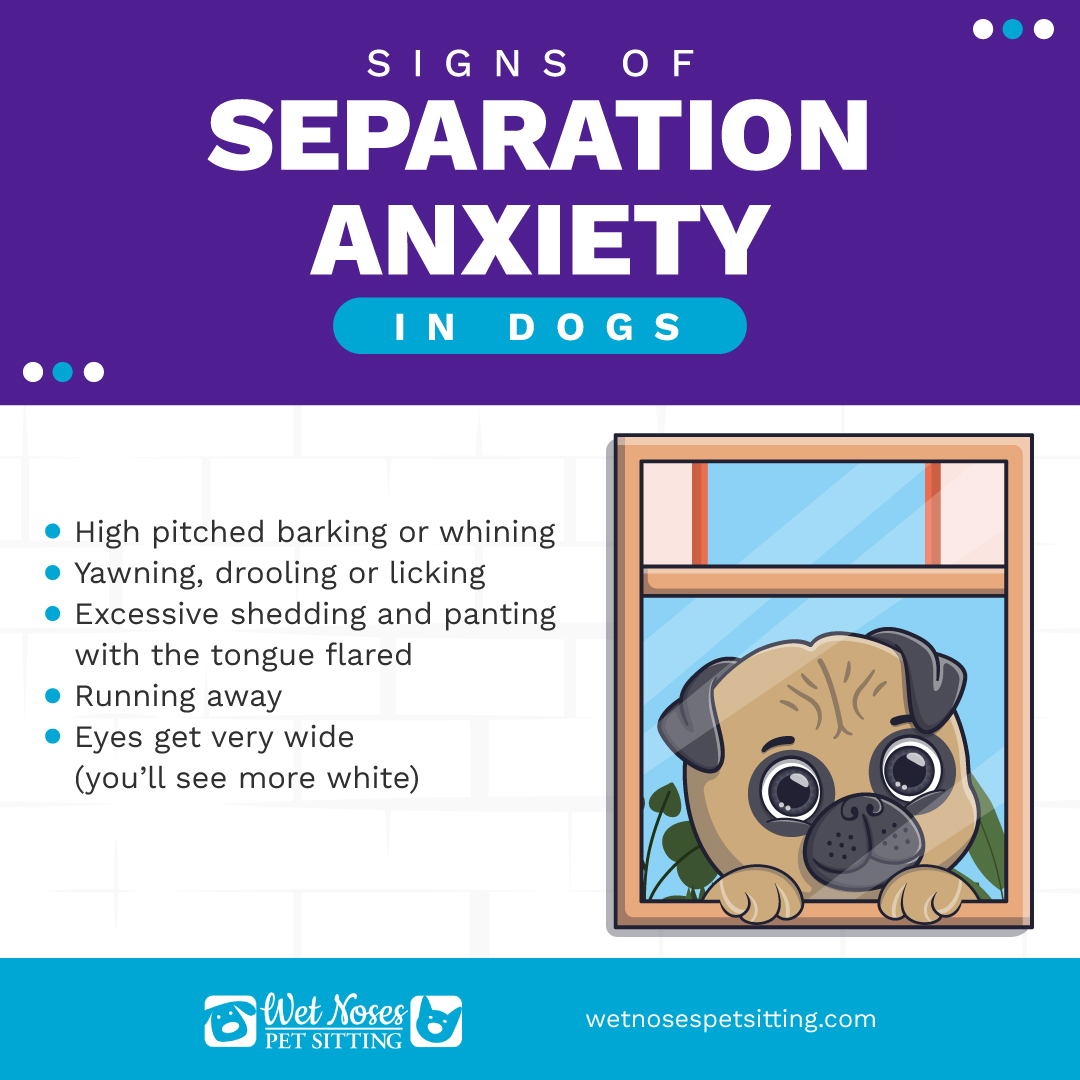
Triggers that cause stress in your dog
Now that you are able to identify what stress looks like with your pet, you’re going to want to find the triggers. There are numerous reasons why your dog is feeling stressed, and you may find that some of these may surprise you.
We all know that leaving your dog alone for long hours is pretty much unavoidable. Many of us have school and work responsibilities, so finding positive ways to enrich our pet’s life is crucial for their health and happiness.
An excellent way for you to provide your dog with exercise and mental enrichment is by retaining a quality, bonded pet sitter. A kind, trained pet sitter will provide your dog with a fun filled playtime along with a invigorating walk. A stimulated and engaged brain and exercised body is the key to a rested, quiet and calm pet when you return in the evening.
Sunglasses & hats
The wearing of sunglasses and hats can trigger many dogs. You see, your dog relies on watching your eyes for ques and when they are covered this can cause confusion. Likewise, the hat might cover or shade your face in such a way that it makes reading those little movements that we humans make constantly, difficult for your dog to read.
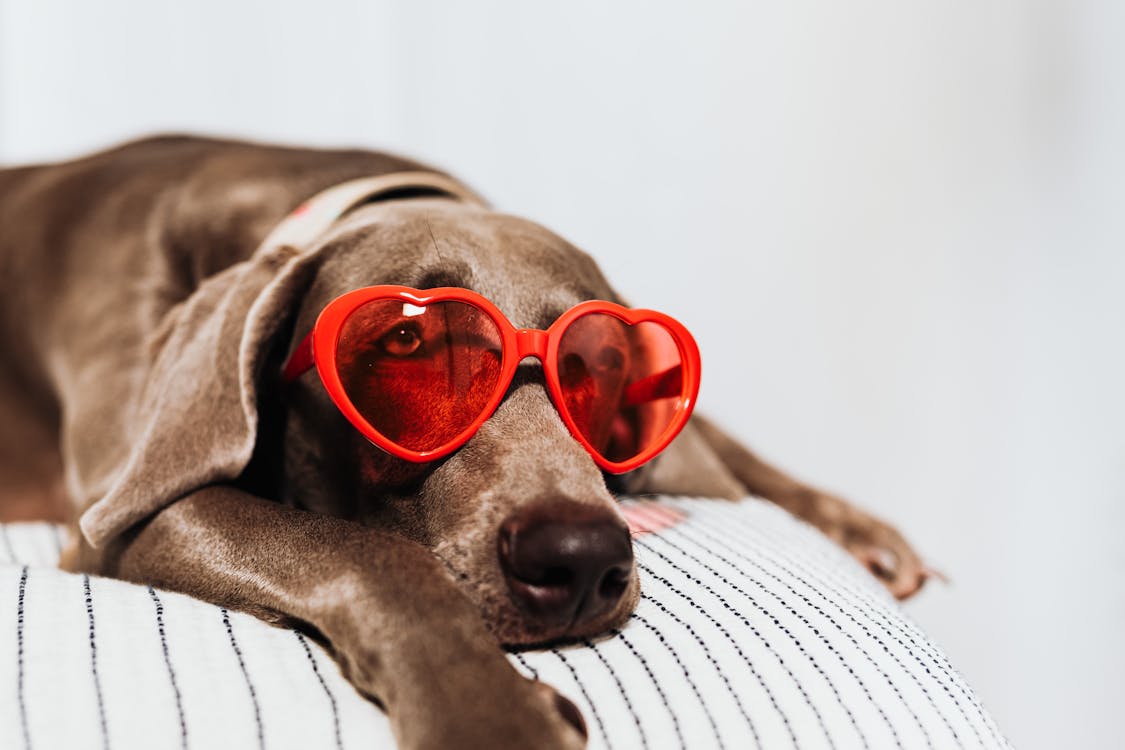
Redecorating
Rearranging your living spaces and moving tried and true resting spots can be troublesome to your pet. Dogs use their sight and smell to “map” out their surroundings, familiarity isn’t just a human thing. They like knowing that their favorite spot is right where they left it!
Eye contact
Staring at your pup? Eye contact is something dogs have conditioned themselves to do with their humans, however, in dog language a stare can mean a challenge, one they may not want to engage in. Looking at your pet is important when you are interacting with them, but remember to speak in a calm, soothing voice and offer a gentle touch while you are looking at them.
Hugs
Tightly hugging your dog. Many dogs have adapted to hugs from us, but tight hugs can be a problem. A hug that is too tight can make your dog feel confined and very uncomfortable, making them want to freeze, flee, or fight.
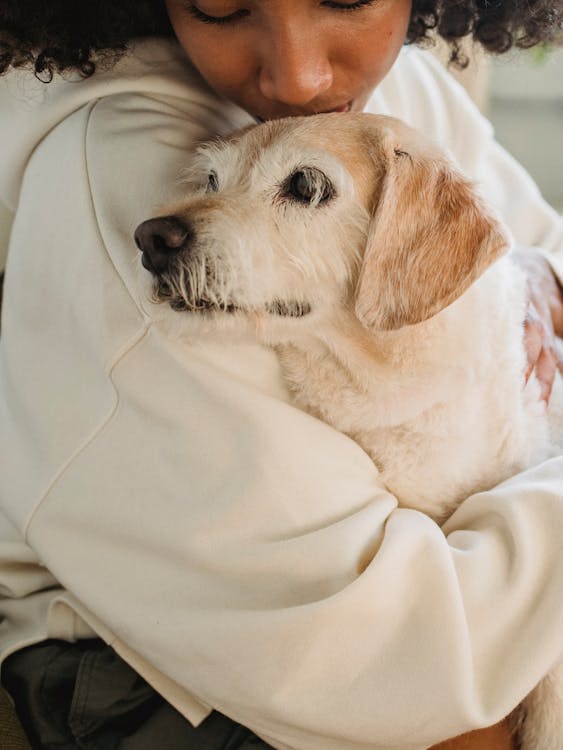
Loud noises
Loud noises could be anything your pet doesn’t like. Thunder, fireworks, loud music, or even overly rambunctious kids fall into this category. Try to be aware of the noise level that your dog is exposed to, this will help you to identify if this is an anxiety trigger for your pet.
Inconsistent boundaries
Inconsistent boundaries or rules will leave your dog wondering exactly what it is you want him to do. Our dogs want to please us, but they really thrive on routine and clear expectations. Creating and maintaining these will lower the stress levels. Don’t let things slide just because you may not have time to address it. Every interaction with your dog is a teachable moment.
Not enough exercise
This, in my humble opinion, may be the top reason most dog’s experience stress. Your dog needs daily exercise, a good tiring walk, as well as one on one play time. This need not be a huge chunk of time. You can break it up throughout the day! Make it a point to block off 15 to 30 minutes at the end of your workday to take them outside for a walk and exploration! It will strengthen your bond and help reduce your stress as well.
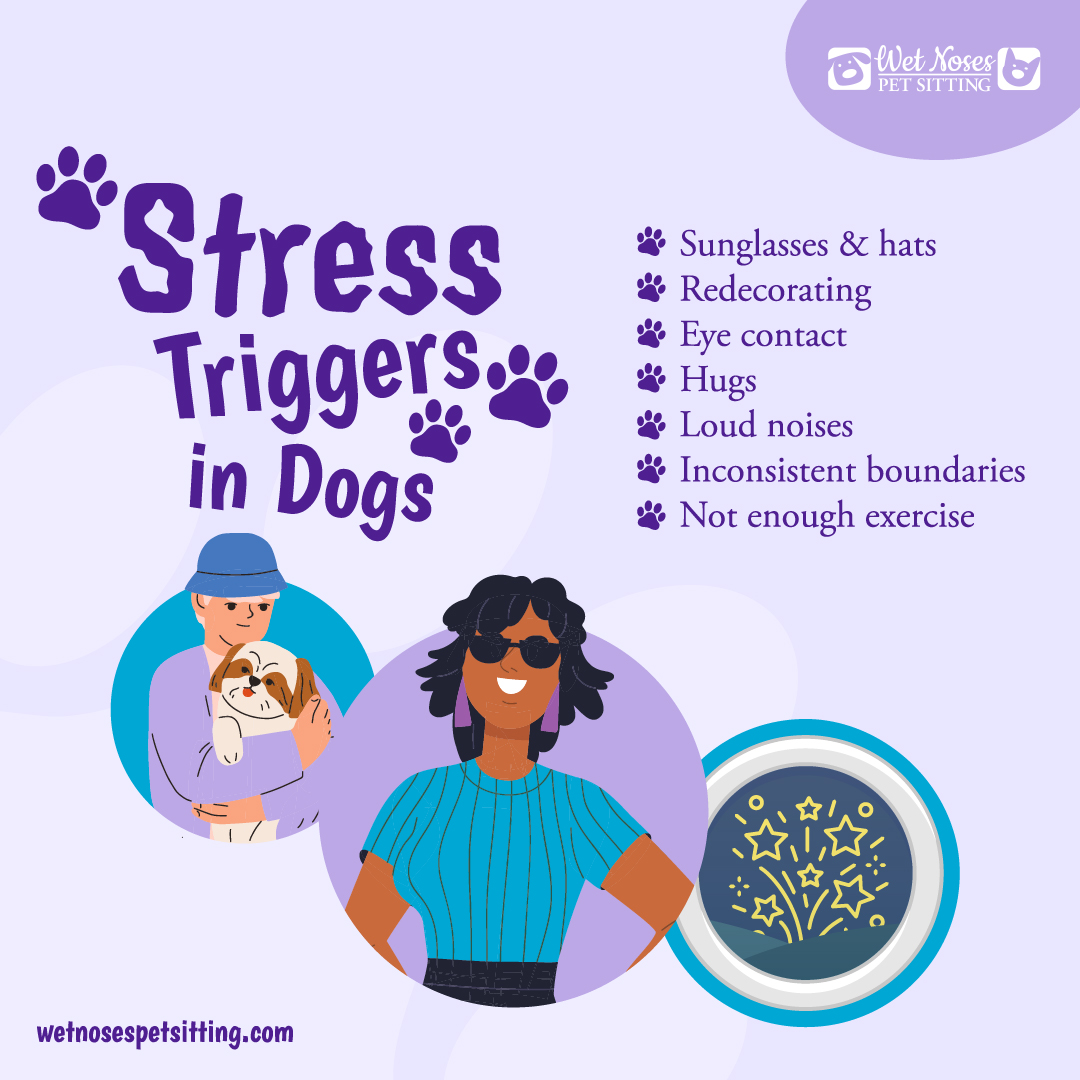
Steps to reducing separation anxiety
Alright, now that we have identified what separation anxiety is and what the triggers of this are, what can you do to help your pet live a fear-anxiety-stress free life?
Look at YOUR routine. To help your dog feel confident when you are away you will need to develop and maintain a routine. Your dog LOVES predictability! They want to know when they eat, when they are going outside for a break, and when they are going to go on a sniff and walk with you! Make a schedule then stick to it.
Many years ago my collie Travis wasn’t home when I got there. After a week of looking through the lost and found I located him over 20 miles away through thick forest and three major freeways. I spoke with an animal behavioral specialist who told me to take ten to fifteen minutes every day immediately after arriving home to spend time with Travis. He told me that Travis would wait for me all day in anticipation of the affection and attention I would be focusing on him. I eagerly looked forward to that time with him as much as he did. I am happy to say Travis never ran away again!
Your dog doesn’t like it when you leave. But let’s face the facts. We have to train them through positive reinforcement that being alone isn’t bad for them. By using a reward as an incentive to redirect your pet’s focus you can make your leaving a pleasant thing.
Rewards
One way is to place a KONG or something similar, filled with a “high” value treat in the area that you want your dog to remain in when you go out the door. These are the treats that are special. Using them in this situation will teach your dog that they get an awesome chew toy and food when you leave the home!
Asking them to sit, stay or lay down is another great way to reward them as you leave. Remember to make your leaving a calm, non-busy, low key event. In doing so, you are creating this bubble of joy and peace for your pet that will linger after you leave!
Leaving a food puzzle or a timed treat dispenser is another great way to redirect your dog’s mind, it should keep his or her mind busy and less focused on your absence.

Crate training
Crate training is a very good option because it creates the “den” feeling that gives your dog a safe and secure place to relax. Lining it with a blanket, shirt or pillow that has your scent is an added bonus. Some animals have a favorite toy that you could place in the crate as a comfort when you are gone.
Soft music
Playing soft classical music can be a help in reducing separation anxiety. Condition your pet by playing this music when you are at home with your dog and exhibiting relaxation, then when you do go out, the familiarity of this sound will help to keep his mind in a relaxed state.
Low energy level
Keep your energy level low, try not to use a high pitched or excited voice when speaking especially when you are leaving or coming home. When you adjust the volume and tone of your words while exhibiting a relaxed physical presence your pet’s response in turn will reflect this same state of calmness.
Shorter times away
If your dog is still having trouble with your leaving you may want to help them adjust by doing shorter times away, teaching them by these methods above, that you always return. Be sure to use incentives and be patient. Your dog will get what you are asking of him. Then you can slowly increase the time spent away from the home as your dog learns to relax.
Calming products
Here are a few other things that other pet owners and professionals have shared that can help. Thundershirts or calming jackets that your dog wears can bring relief through gentle pressure. They help their minds by creating a snug cocoon-like feeling. Calming pheromones specific to dogs come in sprays and also in bottles that you can plug into near the space your dog will be when you are out of the house.
Dedicated space
In situations such as guests in your home, activity that is busier than what is normal for you and your pet, or a new animal family member you can give your dog a timeout. By removing them from the stressors into a separate area that is easily closed off from the noise or other distractions you will be able to direct your pet into a calmer state by giving a soft command and following up with a treat as soon as he complies. Quietly leaving them in this closed area may be what your dog needs in this instance.
Reconditioning or retraining your dog may take some time. Be patient with yourself and your pet. Offer clear simple ques followed by a treat immediately following their quick compliance to your command. Make the steps small so that your dog can successfully accomplish what you are asking them to do. Once they have confidence in the small things you can build on that block by block until you have achieved the desired result.
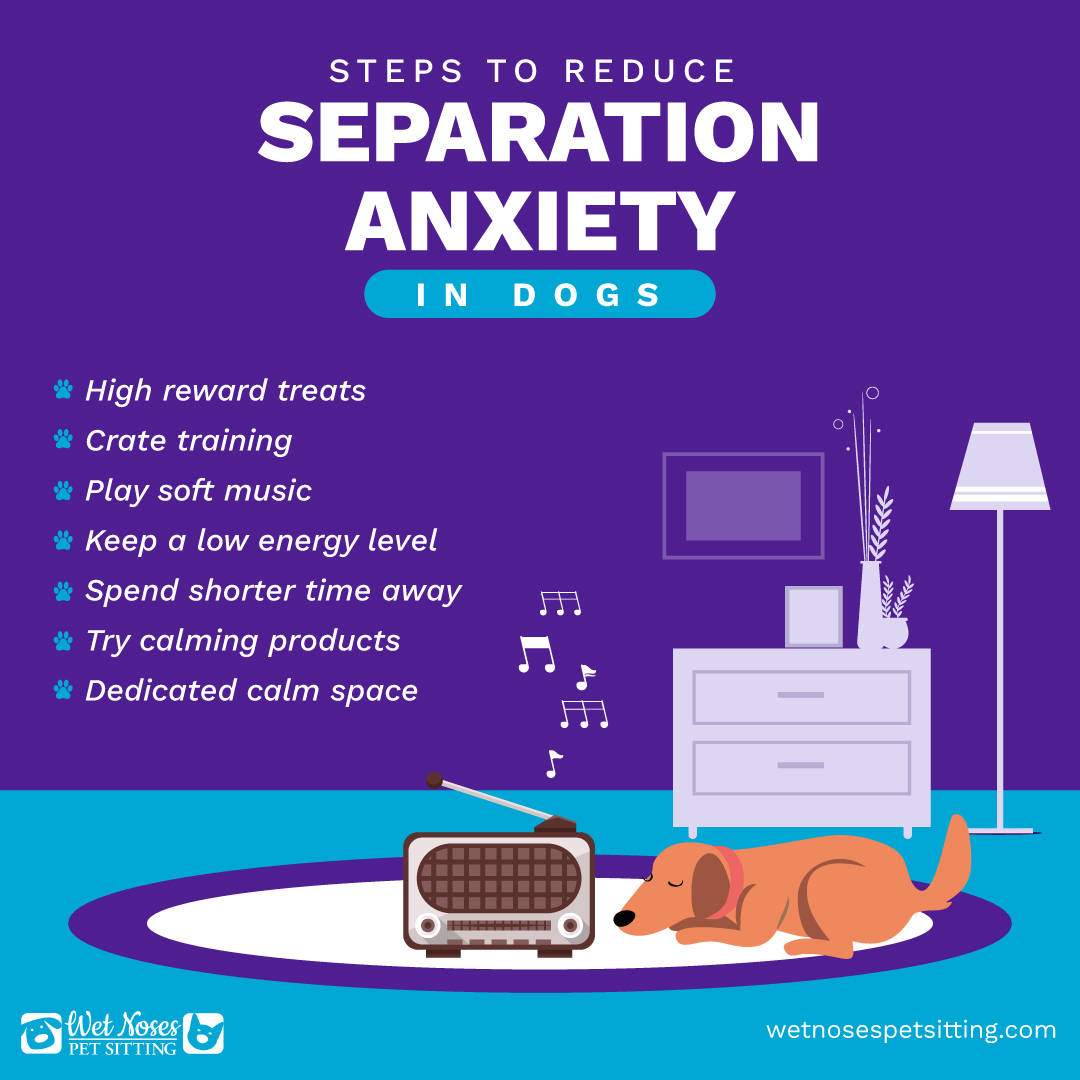
CBD and your pet
More and more pet parents are using high quality hemp derived CBD. The AKC put together a comprehensive blog on what some individuals have to say about the use and effectiveness of CBD for separation anxiety.
These products can come in a tincture, lotion or in an edible treat form. Taking the time to look at the bio-availability of these products and finding the right amount for your pet will take some investigation on your part.
There are many excellent resources available to you and by doing your homework you will discover how CBD works and if it is the best choice for your pets specific needs.
Some pet-friendly CBD brands include:
Remember, it is never okay to give your dog any marijuana! Marijuana is dangerous to pets and wildlife because of the high levels of THC.
HEMP derived CBD does not have the high levels of THC and is therefore safe and effective for use in our furry family members.
FAQ’S
Can separation anxiety be cured?
Yes and no. It can be managed, curing it really is dependent on the owner and the dog. Some dogs are just naturally more nervous than others, but the symptoms of high stress can be well managed when both the owner and dog are motivated to make it work.
Won’t getting another dog for companionship help?
In most cases it will not. The dog is anxious for your presence; this is what is causing his stress responses. Adding the expense, time and effort of another dog may not be the wisest choice at this time.
Conclusion
In conclusion it’s important to remember that fear-anxiety and stress (FAS) is what contributes to your dog’s separation anxiety. By taking the time to identify, mitigate or remove the stressors in your pet’s life, you can help them to live the happy carefree life that every pup deserves!

